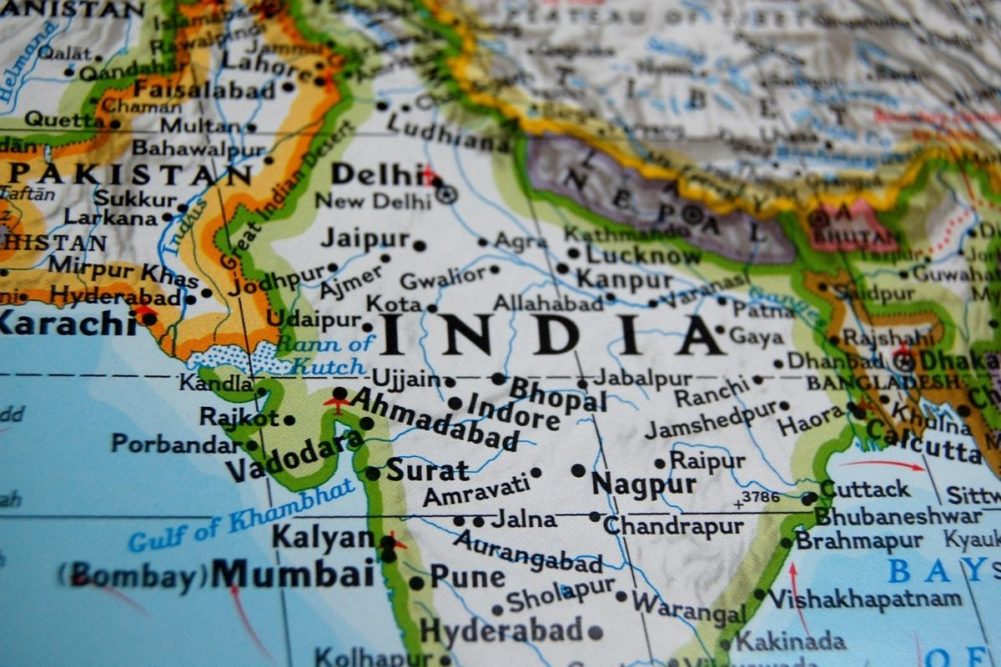NEW DELHI, INDIA — Improved soil moisture conditions in late June and July are expected to help plantings of rice and other grains recover from a slow start due to a weak southwest monsoon at the beginning of the kharif (fall harvested) season in early June, according to a Global Agricultural Information Network report from the Foreign Agricultural Service (FAS) of the US Department of Agriculture (USDA).
Plantings of rice, by far the most popular kharif season crop, have continued strong on the expectation of higher yields under improved monsoon weather conditions, as well as buttressed by stable market prices coming from the government minimum support price (MSP) procurement program. Marketing year 2022-23 rice production is forecast at 130.5 million tonnes on 47 million hectares, an increase from 129.66 million tonnes on 46.28 million hectares in 2021-22.
Higher market prices for oilseeds and pulses in the 2021-22 crop season, bolstered by the recent increase in the government MSP, will support crop plantings. Area will be diverted to oilseeds and pulses away from other coarse grains/minor crops, as well as bring some additional fallow area under cultivation, according to FAS New Delhi. As of July 1, 4.63 million hectares of oilseeds and 3.71 million hectares of course cereals had been planted.
Meanwhile, based on the domestic market supply situation, FAS New Delhi continues to estimate 2022-23 wheat production at 99 million tonnes, exports at 6 million tonnes and ending stocks at 8.5 million tonnes.




